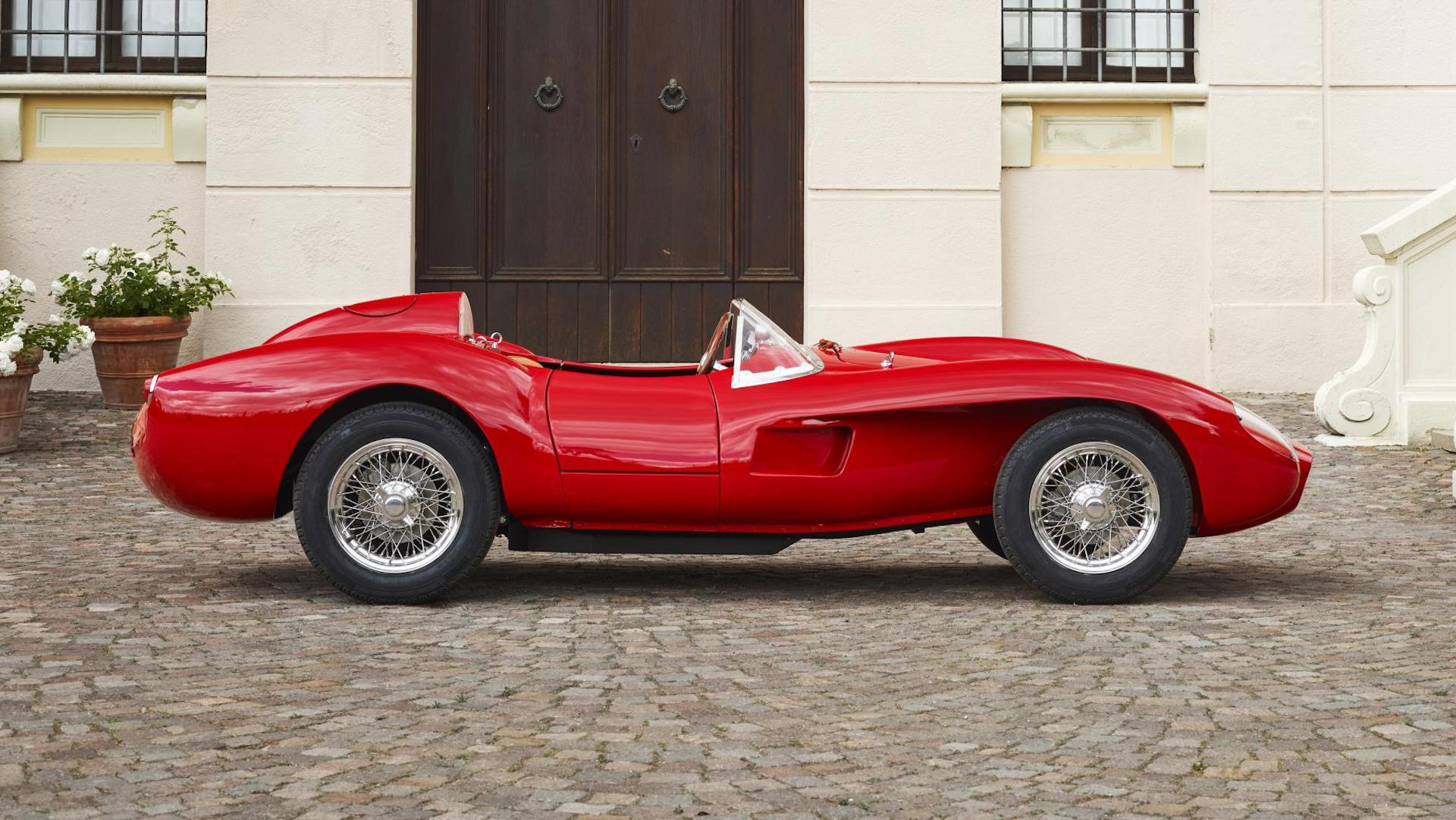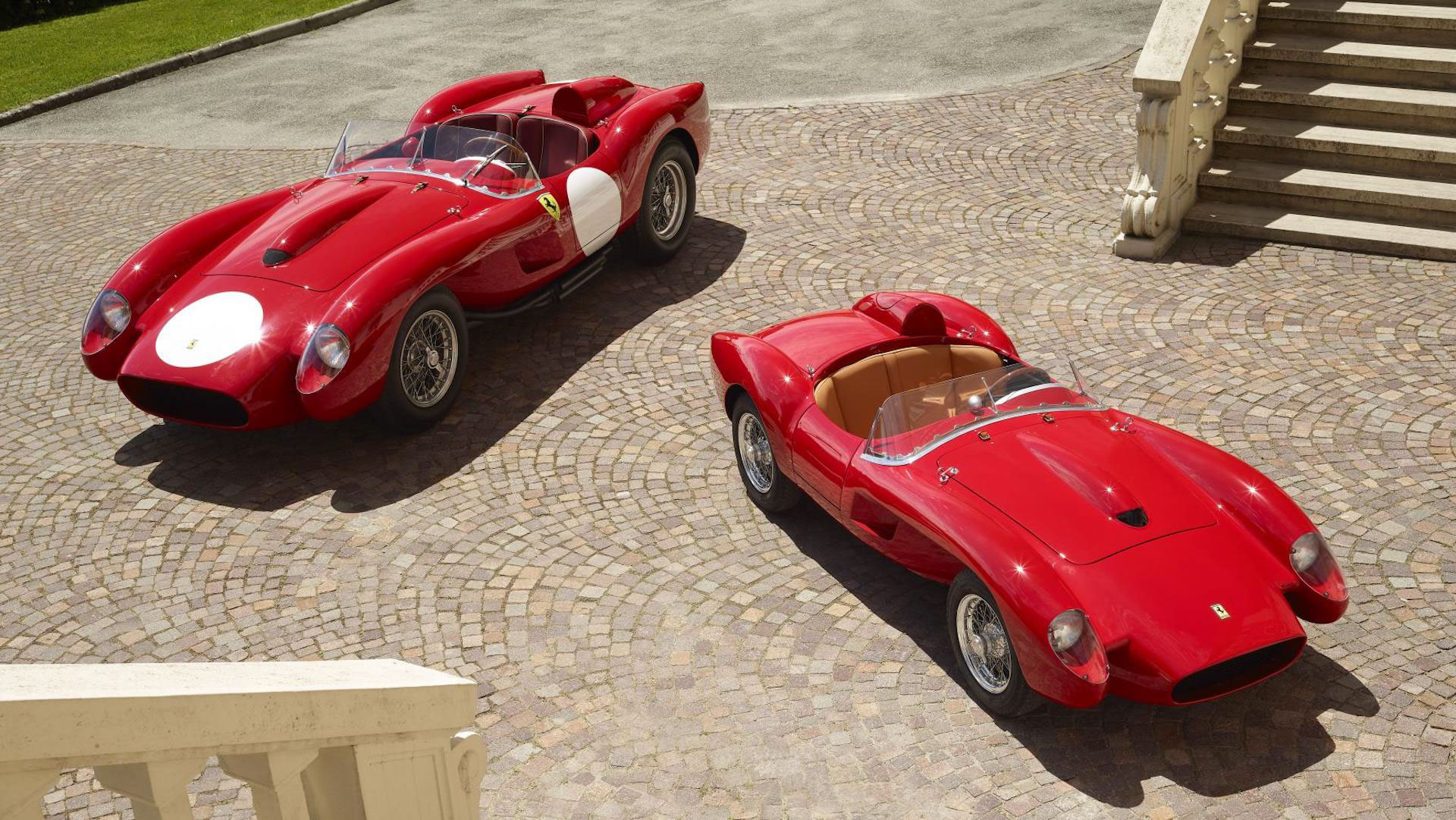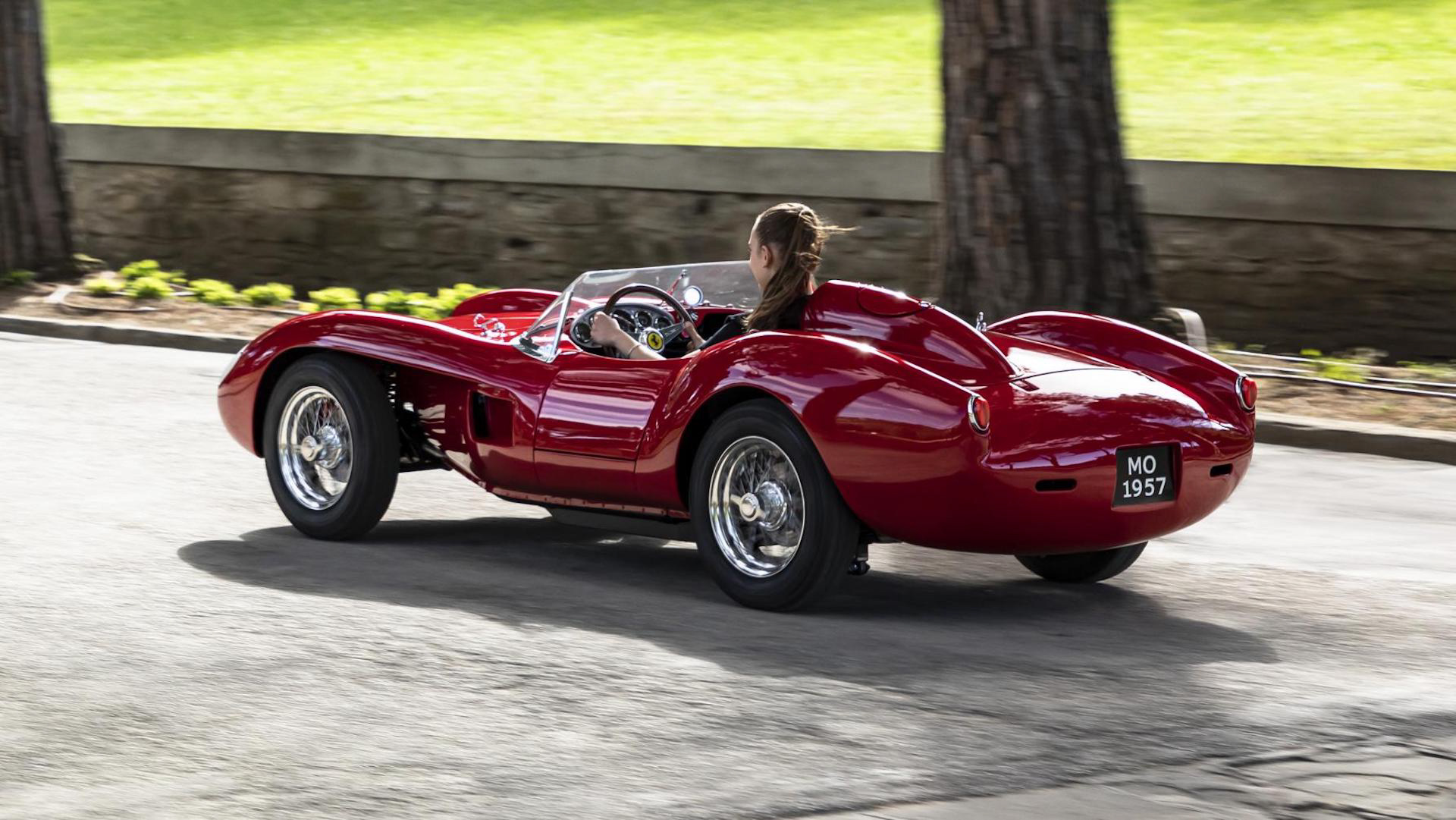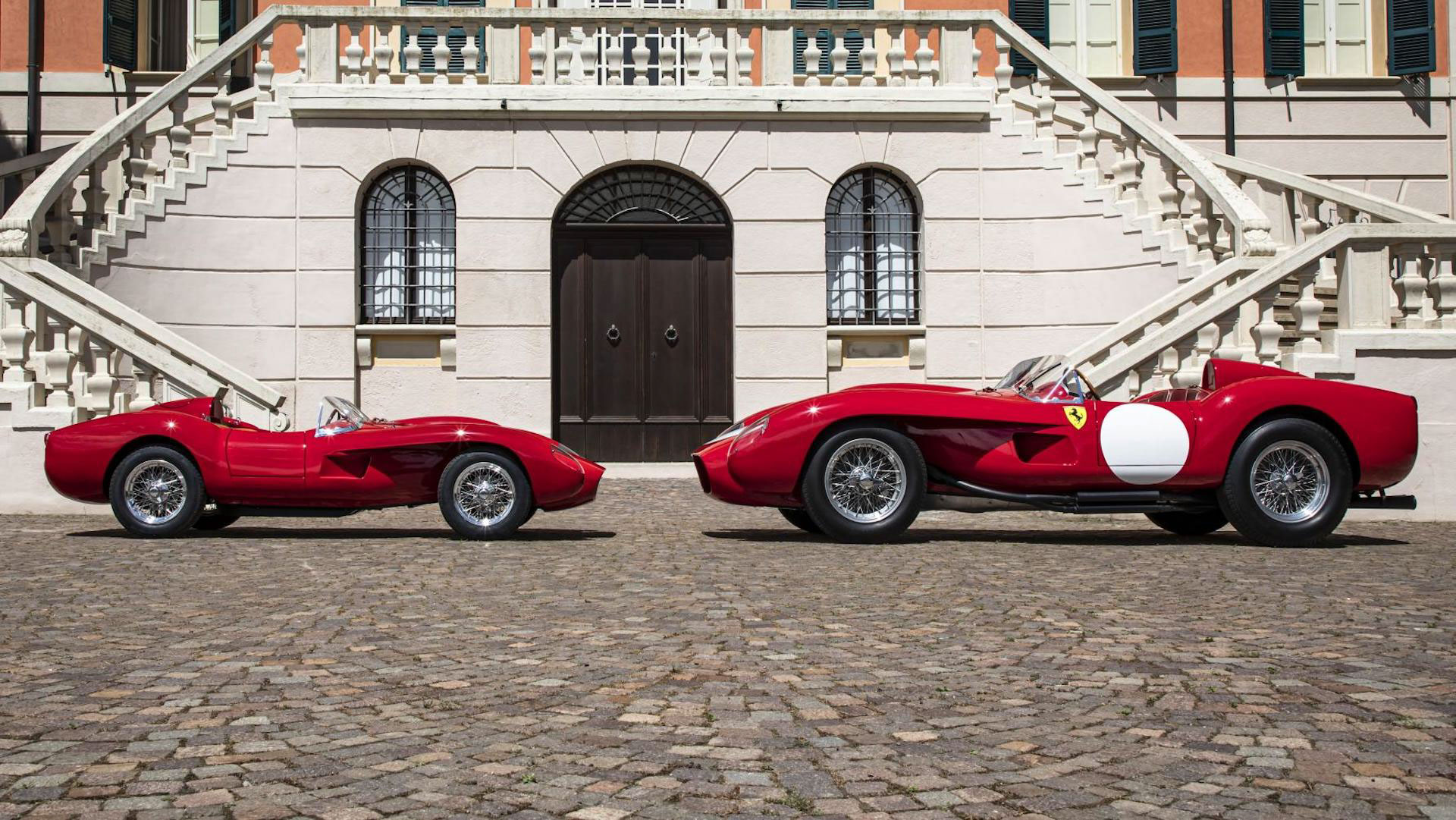Ferrari recently revealed its latest Icona limited edition, a stunning $2 million V12 supercar called the SP3 Daytona that features styling inspired by the legendary 330 P4 racer of the 1960s.
But for a brief moment it looked like Ferrari might offer an entirely different road-legal, retro-inspired and fully drivable roadster for the price of a basic Porsche 911. And it would have been the company’s first EV. But it would also have been the slowest Ferrari since ever, though that’s not the only reason why it didn’t happen.
The opportunity to create what would have been the cheapest road legal Ferrari by a good $110,000 came about during the creation of the Testa Rossa J, the 70 percent scale electric recreation of a 1950s 250 Testa Rossa now being built by The Little Car Company on Ferrari’s behalf using measurements taken from the blueprints in Ferrari’s own archive.
You might remember the LCC from its previous projects, the Baby Bugatti and Aston Martin DB5 Junior, two other scale classics created with the help and blessing of the original manufacturers. At least one Bugatti buyer has converted his tiny Type 35 for road use under European quadricycle rules and LCC suggested to Ferrari that it might give buyers the chance to option their Testa Rossa Js in road-legal trim at the point of sale.
Related: Ferrari Daytona SP3 Is A Limited Run Hypercar With “Pop-Up” Headlights And An 829-HP V12
Adapting the €93,000 ($105,200) Testa Rossa J to the road as a quadricycle would have necessitated adding a full set of lights, including turn signals, as well as fitting license plates. A bit of work, yes, and obviously it would have added a little to the cost, but all entirely do-able. However, Ferrari declined. According to LCC CEO Ben Hedley, they said that making the project road legal would have required it to be channeled through another portion of the Ferrari business, presumably the vehicle side, rather than the lifestyle division.
That might be true, but you can also imagine the kind of problems and confusion that would resulted from giving it the green light. It would have been the first $100k Ferrari since the 348 of the mid 1990s, Ferrari’s first ever EV, and since LCC is only making 299, it would have been much rarer than the SP3 Daytona, of which Ferrari is building 599.
And while fast enough to be fun on the driveway of your 20-bedroom mansion, it would have been slower on the street than even the most anaemic city car. The Testa Rossa J has a single 12 kW motor that gives a top speed of around 45 mph (72 km/h) in its Race setting. Even the 160 hp Fiat 500-based Abarth 695 Tributo Ferrari would have looked like a hypercar in comparison.
So Ferrari sensibly said no. But since there are quadricycle rules that make such conversions possible in the U.S. and Europe, it wouldn’t be surprising if at least one enterprising owner does it once they’ve taken delivery.










